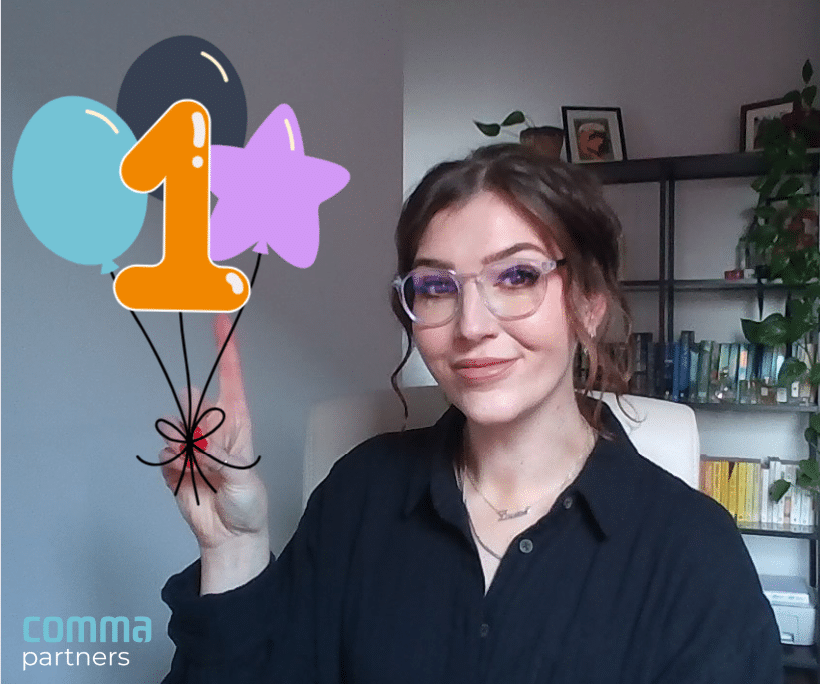Visual or written, we have tips on how to create a great story.
No matter the medium, catching the attention and striking a cord in the audience’s psyche is what makes for a great story. Here are just some things you might like to think about.
Using anecdotes
Good stories contain anecdotes that the audience can relate to. Comedians are some of the best storytellers out there, particularly satirical comedians. They relate stories, filled with anecdotes. Michael McIntyre’s Man Drawer and Five Spice sketches demonstrate how this works perfectly. Who could not relate to these two very real and clever stories?
In the business context, using anecdotes to bring a story to life can be very powerful. An audience may not be open to hearing from its CEO ‘if we don’t change we’re going down the pan’, but if they hear an anecdote about a competitor who, for example, did not respond to change in the market place and are no longer here, audiences generally get the message without it being spelled out. Sadly there are lots of examples out there we can call upon: Kodak, Blockbuster, Thomas Cook to name just a few.
Using metaphors
Of all the management books I have read in my life I have to say ‘Who moved my Cheese’ is one that sticks in my memory. Why? It was short, simple, funny and frighteningly easy to relate to. If you’ve not read it – you should. It was published in 1998 as a motivational business fable. Not only a great story in its own right but still very pertinent to anyone going through change in their lives – personal or professional. I challenge anyone to not recognize him or herself in there somewhere and so be determined to make a change in some aspect of their behaviour.
Using Big Picture storytelling
How many times do we hear employees say that they feel change is done to them, they don’t feel part of the change or they feel helpless to make a difference?
Big Picture storytelling is one very powerful tool to help employees feel part of a change. The Big Picture reflects both the leadership’s vision and the cares and concerns of employees. It’s then used as a visual story to encourage conversation and help employees make sense of the change required.
For anyone who has not come across Big Picture storytelling, take a look at Delta7, a company I have used to help HR understand how rationalization and digitalization of their department was going to affect how they were going to need to operate in the future.
The process is powerful on a number of levels, but most importantly I think it provides ‘one story’, one version of the truth in a very simple way that helps everyone see how the various parts of the story fit together so they can have real and worthwhile conversations about changes and collaborations required.
Using videostories
Personal storytelling can be very powerful. Particularly if it’s going to help the recipient make a decision. For example, do they want to join a particular organization, a particular team?
The Weetabix Food Company use the concept of videostories very well on their corporate site by asking each of their senior management team to describe their role, their background and their career journey. It is done in a very natural and easygoing way that makes the team seem very ‘real’.
Using pictures
Remember, a picture paints a thousand words. You need to pick the right context but if the actual content of an event is not key but more the feelings it leaves people with – use pictures. Would you want to listen to all the thank you speeches at an awards dinner or just have a quick look at the happy photos that followed?
What good freelancers will do
✔ Be alert to good story potential at all times – be curious.
✔ Ask the right questions to get to a story
✔ Give confidence and support to those telling their story
✔ Explain the big picture and the reason for the request for stories
✔ Have patience – not everyone realizes they have a story to tell
✔ Help boil down what someone is trying to say
✔ Be truthful when the storyteller is being too wordy or going off piste.
✔ Forewarn that not all the stories will make the final cut.
✔ Choose the right storyteller. Not everyone can articulate their story.
✔ Share the final story with the storyteller.Published by Comma Partners March 2020
Do you have your own tips on great story telling. Please share with tracy.smeathers@commapartners.com.




